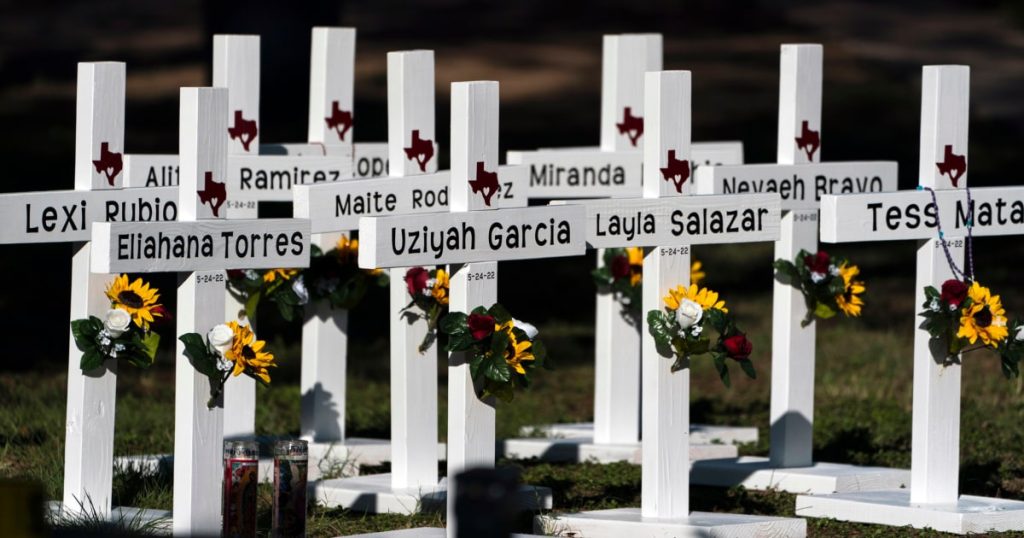The release of audio and video recordings from the tragic school shooting at Robb Elementary School in Uvalde, Texas, has shed light on the delayed law enforcement response that left 19 students and two teachers dead. The recordings include 911 calls from scared students, body camera footage, and surveillance videos. The delayed response, which saw nearly 400 officers wait over 70 minutes before confronting the gunman, has been widely criticized as a massive failure. Families of the victims have been seeking accountability for the slow police response in the small Texas town. Many relatives of the victims are angered by the lack of transparency and accountability in the aftermath of the tragedy.
The delayed response saw Uvalde city officials initially refusing to release the audio and video recordings, prompting legal action from news organizations including the Associated Press to have the information made public. The release of the recordings has reignited anger among families of the victims, as it highlights the waiting and hesitation of law enforcement. Many believe that a quicker response could have saved lives, including that of loved ones lost in the shooting. The recordings depict terrified students and teachers inside the school waiting for help as officers stood outside trying to figure out how to proceed.
The gunman, 18-year-old Salvador Ramos, entered the school and opened fire, leaving a trail of devastation before law enforcement eventually confronted and fatally shot him. The recordings show the chaos and confusion among law enforcement as they struggled to coordinate a response. Criticisms from federal and state investigations have pointed to a lack of urgency in establishing a command center and poor communication among officers. The recordings also include heartbreaking 911 calls from teachers and staff inside the school, with one caller sobbing into the phone as the dispatcher urged her to remain quiet.
Furthermore, the recordings reveal that Ramos initially shot and wounded his grandmother before driving to the school and carrying out the massacre. His distraught uncle made several 911 calls in an attempt to get his nephew to stop. Unfortunately, the calls came too late, as law enforcement officers arrived at the scene and fatally shot Ramos as he continued his rampage. Two of the responding officers are now facing criminal charges, including former Uvalde school Police Chief Pete Arredondo and Former school officer Adrian Gonzales. They have pleaded not guilty to multiple charges of child abandonment and endangerment, while another state trooper in Uvalde has been reinstated to his job.
Overall, the release of the audio and video recordings from the tragic school shooting in Uvalde has brought to light the failures in the law enforcement response that resulted in the loss of innocent lives. Families of the victims continue to seek justice, transparency, and accountability for the slow and inadequate response from law enforcement. The recordings portray the harrowing experiences of students and teachers caught in the midst of the shooting, and the chaos and confusion among law enforcement as they tried to respond. The investigations following the shooting have highlighted multiple issues in training, communication, leadership, and technology in law enforcement, questioning officers’ priorities in such situations. As the community continues to heal from the tragedy, the recordings serve as a stark reminder of the need for improved preparedness and response in future incidents to prevent similar tragedies.


